Propagating Lemongrass By Division: Tips On Dividing Lemongrass Plants
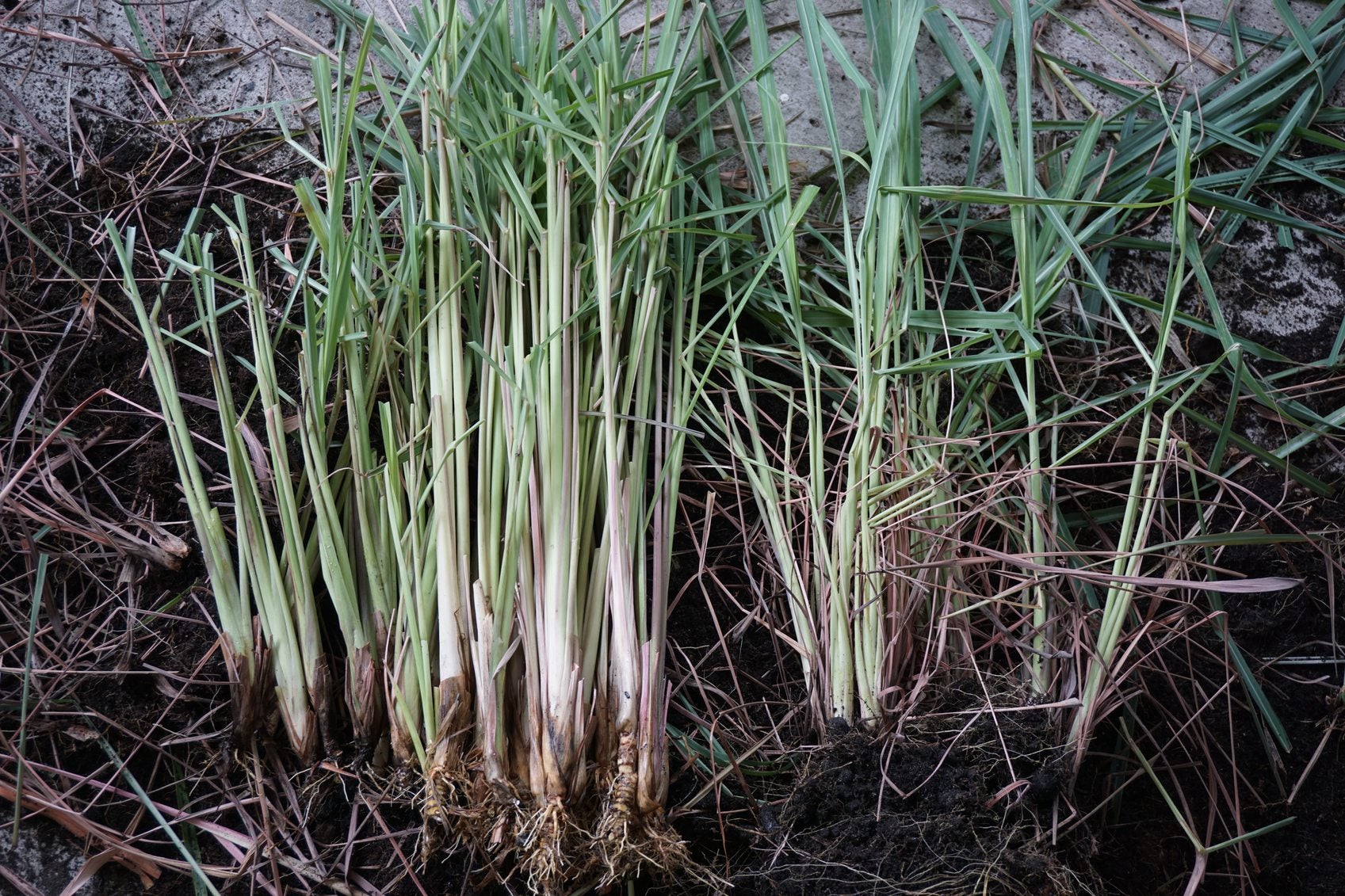
Lemongrass, as the name suggests, is a grass-like herb whose tender shoots and leaves are used to impart a delicate hint of lemon in many Asian dishes. If you love the subtle citrus flavor of this herb, you may have wondered “can I propagate lemongrass?” In fact, propagating lemongrass by division is a simple process. Read on to find out how to divide lemongrass plants.
How Can I Propagate Lemongrass?
Lemongrass (Cymbopogon citratus), sometimes spelled lemon grass, is indeed a member of the grass family that includes corn and wheat. It is winter hardy to only USDA zone 10 but can be container grown and brought indoors to shelter it from winter temperatures. There are only two of the 55 species of Cymbopogon used as lemongrass. They are usually labeled as East or West Indian lemongrass and are used in cooking or to make tea or tisanes. Lemongrass is generally grown from stem cuttings or divisions, with the division of lemongrass being the most commonly used method.
Propagating Lemongrass by Division
As mentioned, division of lemongrass is the primary method of propagation. Lemongrass can be obtained from specialty nurseries or can be purchased from an Asian grocery. Sometimes, you may find it in the local supermarket or obtain a cutting from a friend. If you get it from a grocer, try to find a piece with a few roots in evidence. Put the lemongrass in a glass of water and let the roots grow. When the lemongrass has sufficient roots, go ahead and plant it in a container or garden area with well-draining soil that is moist and high in organic content, and in a full sun exposure. If need be, amend the soil with 2 to 4 inches (5-10 cm.) of rich compost and work it in down to a depth of 4 to 6 inches (10-15 cm.). Lemongrass grows quickly and by the successive year will likely need to be divided. Potted plants, especially, will need to be divided each year.
How to Divide Lemongrass Plants
When dividing lemongrass plants, be sure they have at least one inch (2.5 cm.) of root attached. Optimally, cut the blades to a height of 2 inches (5 cm.) before dividing lemongrass plants, which will make managing the plant easier. Dig up the lemongrass plant and, with a shovel or sharp knife, divide the plant into at least 6 inch (15 cm.) sections. Plant these divisions 3 feet (1 m.) apart to accommodate the vigorous growth; plants can grow 3 to 6 feet (1-2 m.) tall and 3 feet (1 m.) across. Lemongrass is native to tropical regions and thrives with ample rainfall and humid conditions, so keep the plants moist. Water by hand or use flood irrigation, not sprinklers. Fertilize the plants every two weeks during the growing season (June through September) with a complete balanced fertilizer. Cease fertilizing during the winter when the plant goes dormant.
Gardening tips, videos, info and more delivered right to your inbox!
Sign up for the Gardening Know How newsletter today and receive a free copy of our e-book "How to Grow Delicious Tomatoes".

Amy Grant has been gardening for 30 years and writing for 15. A professional chef and caterer, Amy's area of expertise is culinary gardening.
-
 Looking For Plants To Give You The Soft And Fuzzies? Try These 5 Fuzzy Leaf Plant Options
Looking For Plants To Give You The Soft And Fuzzies? Try These 5 Fuzzy Leaf Plant OptionsLovers of texture, drama, silver foliage and tactile plants will adore these special sensory garden additions. These fuzzy leaf plant options will leave you all aglow
By Susan Albert
-
 Get Ready For A Summer Of Hummers! Grow These Full Sun Hummingbird Plants and Flowers
Get Ready For A Summer Of Hummers! Grow These Full Sun Hummingbird Plants and FlowersIf you’re lucky enough to enjoy a sunny backyard, make sure you are maxing out on your pollinator opportunities and grow these full sun hummingbird plants and flowers
By Tonya Barnett
-
 DIY Lemongrass Tea: How To Make Lemongrass Tea
DIY Lemongrass Tea: How To Make Lemongrass TeaMaking lemongrass tea is easy. Click this article for a quick DIY lemongrass tea that will wake you up with zingy goodness.
By Bonnie L. Grant
-
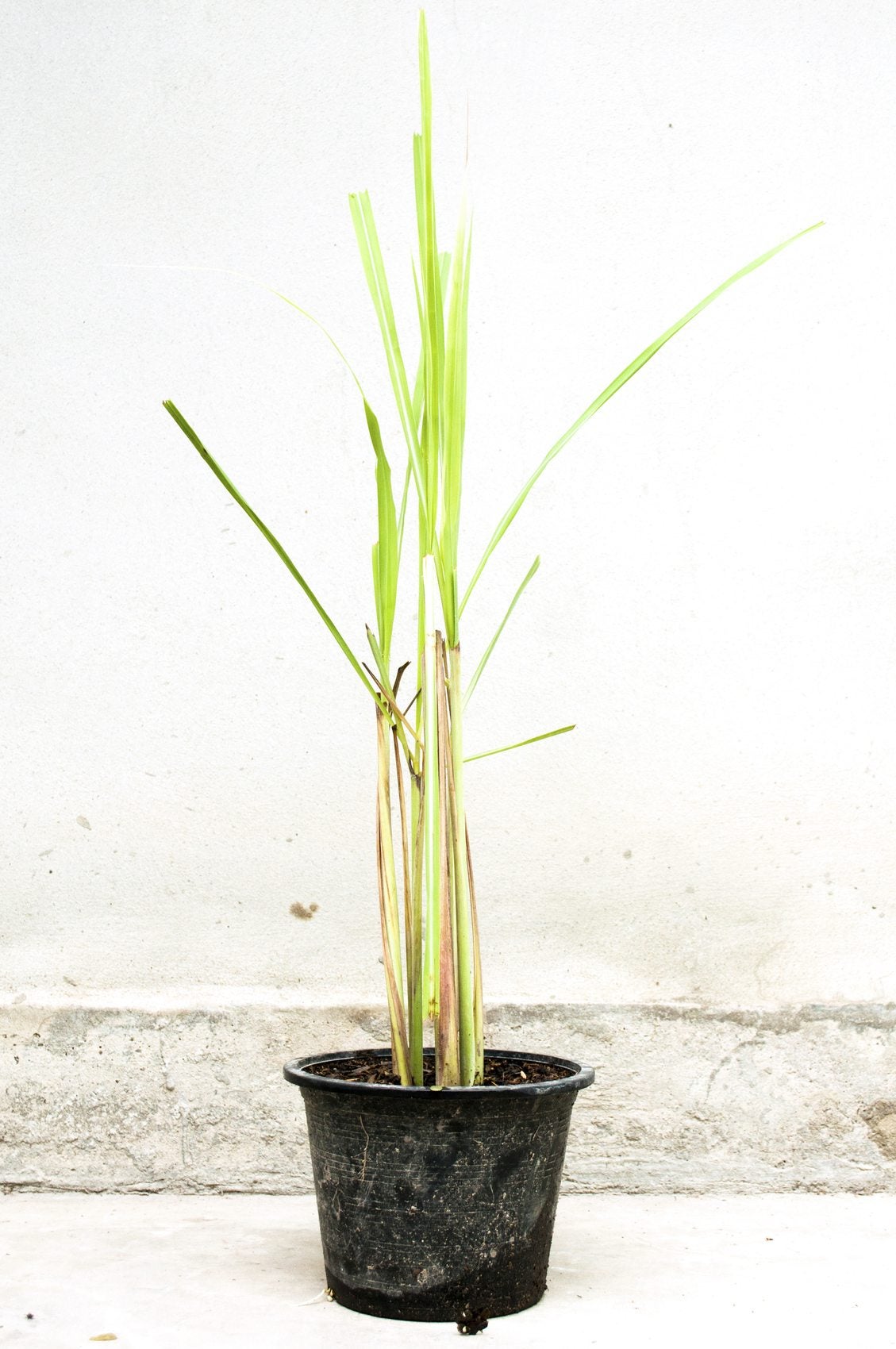 Lemongrass Repotting: How To Repot Lemongrass Herbs
Lemongrass Repotting: How To Repot Lemongrass HerbsThe one problem with growing lemongrass in containers is that it spreads quickly and will have to be divided and repotted frequently. Use the information found in this article to learn more about how to repot lemongrass.
By Liz Baessler
-
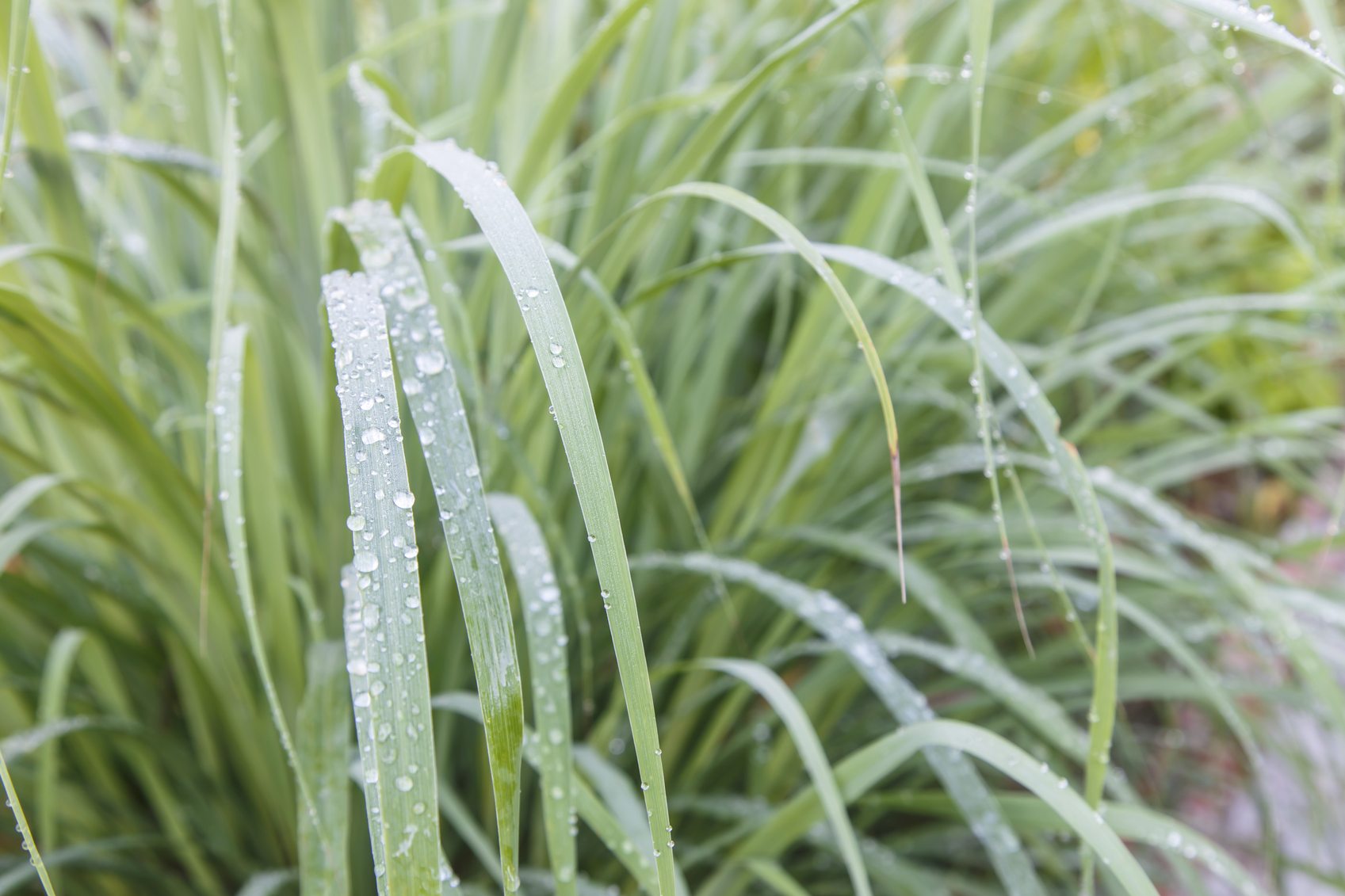 When To Water Lemongrass – What Are Lemongrass Water Requirements
When To Water Lemongrass – What Are Lemongrass Water RequirementsCaring for a lemongrass plant is easy, but one thing it is fussy about is water. Knowing when to water lemongrass and how much the plant requires is helpful. The information in this article provides tips for lemongrass watering.
By Bonnie L. Grant
-
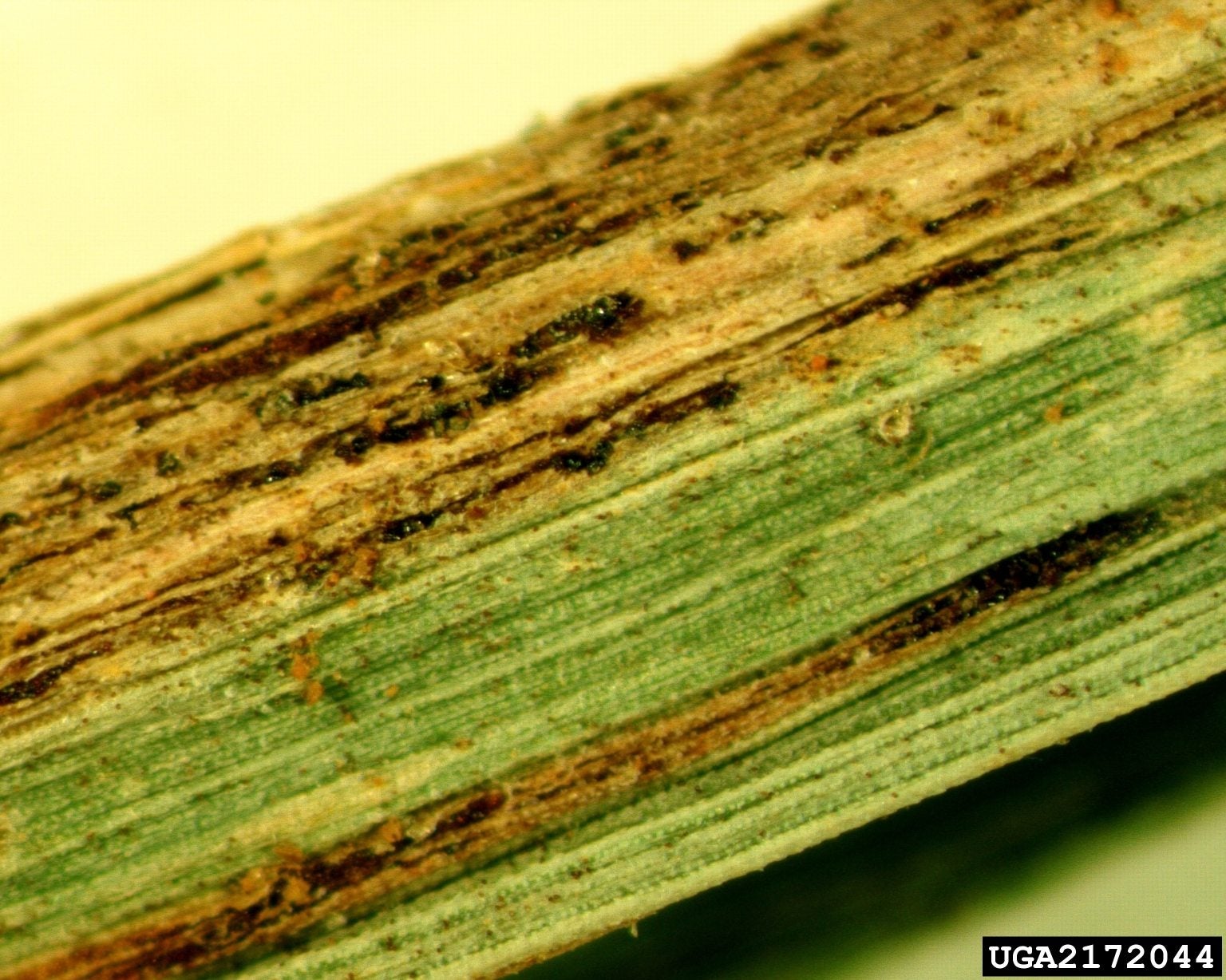 Lemongrass Plant Turning Brown: Help For Brown Leaves On Lemongrass
Lemongrass Plant Turning Brown: Help For Brown Leaves On LemongrassLemongrass is a citrus scented grass used in many Asian dishes. It also makes a lovely, easy to grow addition to the garden. Easy to grow it may be, but not without issues. Lemongrass turning brown can be a problem. Click here to learn more.
By Amy Grant
-
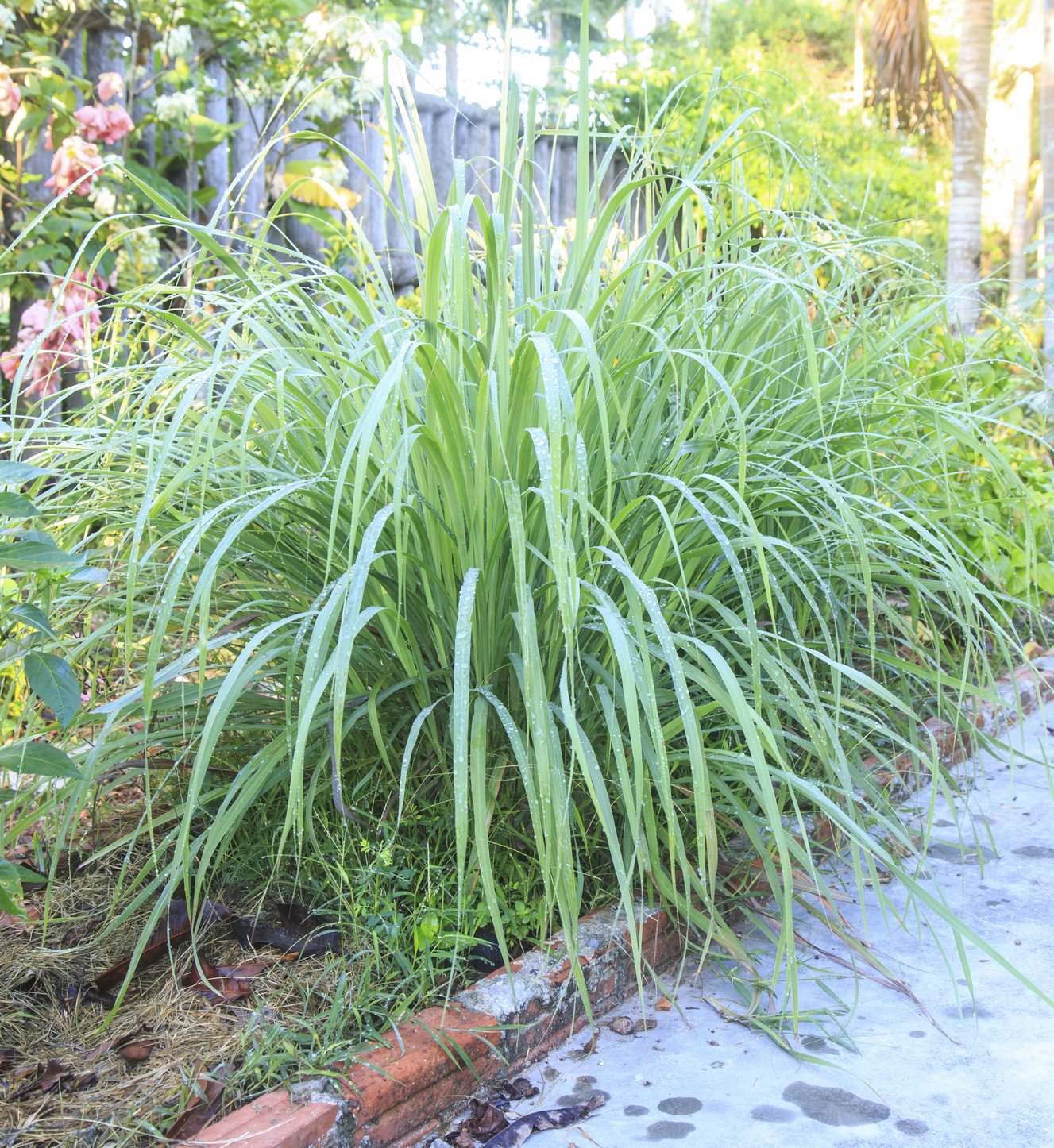 Lemongrass Companion Plants – What To Plant With Lemongrass
Lemongrass Companion Plants – What To Plant With LemongrassLemongrass is a sweet pungent, citrusy plant often used in Asian cooking. It is a sun-loving plant, so companion planting with lemongrass should include other plants that like to bask in plenty of heat and light. This article provides some suggestions.
By Bonnie L. Grant
-
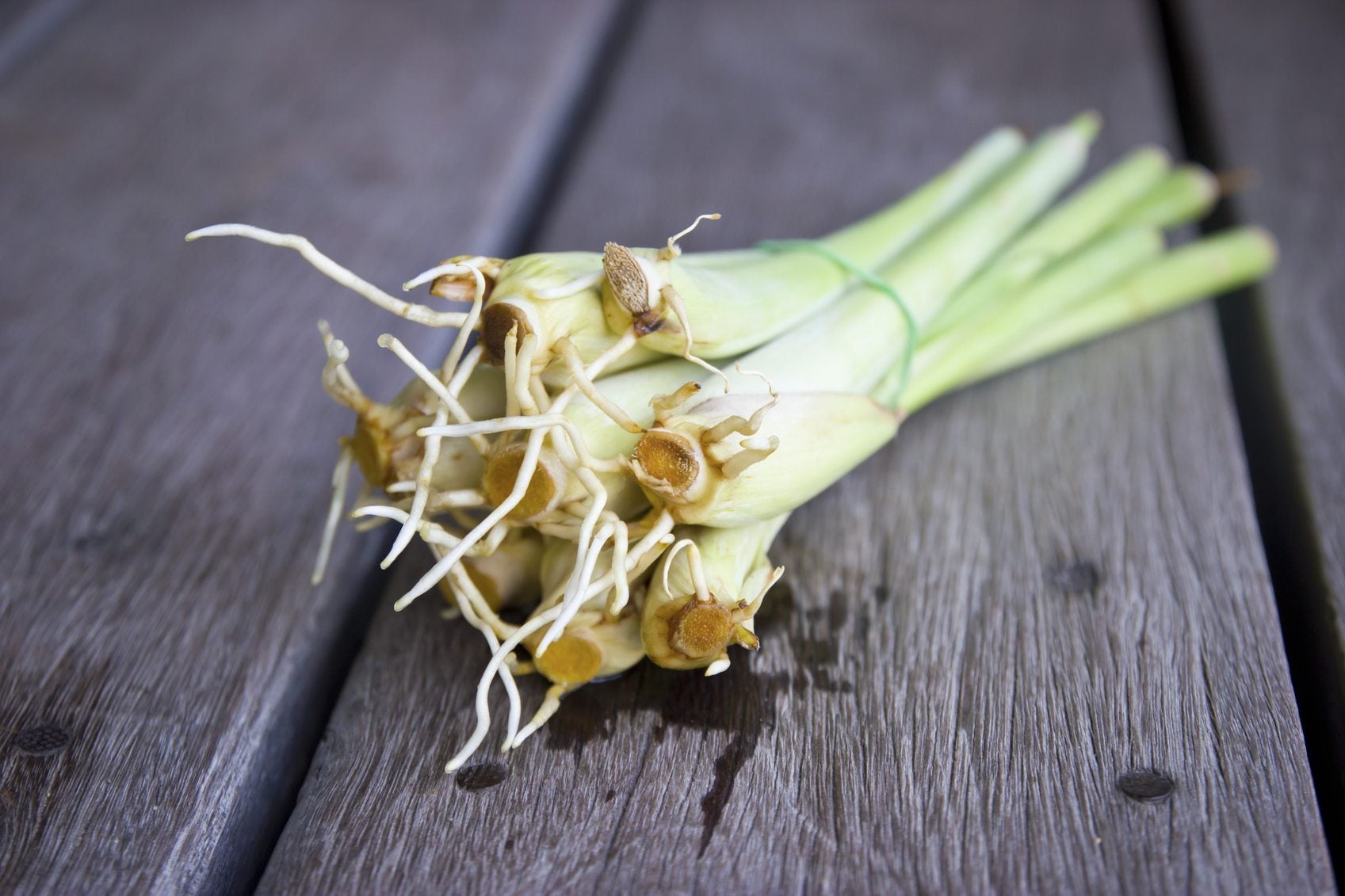 Lemongrass Propagation – Regrowing Lemongrass Plants In Water
Lemongrass Propagation – Regrowing Lemongrass Plants In WaterLemongrass propagates with a very high success rate from the cuttings you can buy at the grocery store. Learn more about propagating a lemongrass plant and regrowing lemongrass plants in water using the information found in this article.
By Liz Baessler
-
 Growing Lemongrass Indoors: Tips On Planting Lemongrass In Pots
Growing Lemongrass Indoors: Tips On Planting Lemongrass In PotsYou can grow lemongrass from the stalks you buy in the grocery store. Click on this article to learn about care for indoor lemongrass plants and how to grow lemongrass indoors. Once you try your hand at growing this plant, you won't need to buy it again.
By Liz Baessler
-
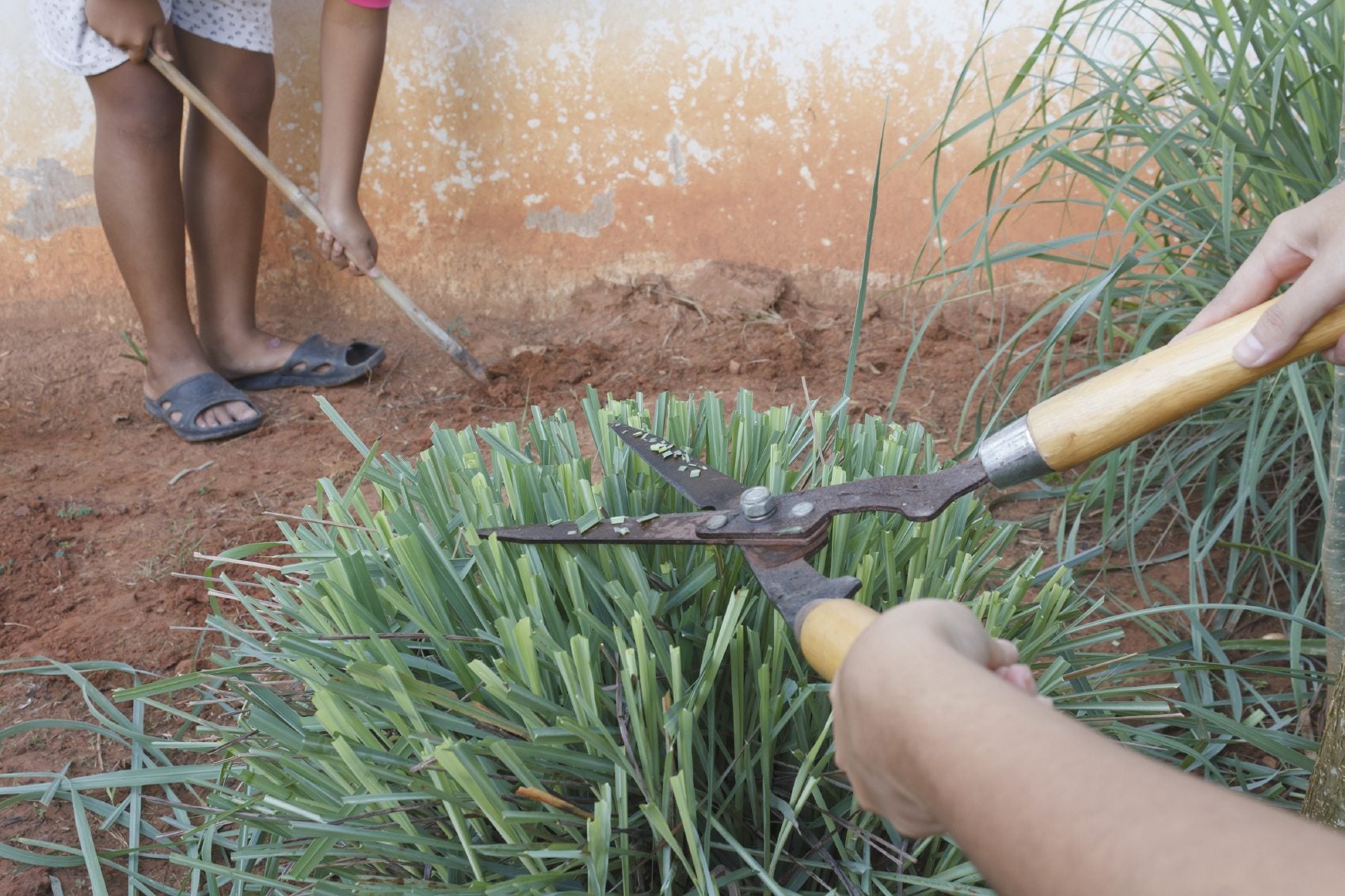 Lemongrass Pruning: How To Cut Back Lemongrass Plants
Lemongrass Pruning: How To Cut Back Lemongrass PlantsLemongrass is fast growing and can get a little unruly if not pruned back regularly. Use the information in the following article to learn more about how to cut back lemongrass. Click here for more lemongrass pruning info.
By Liz Baessler